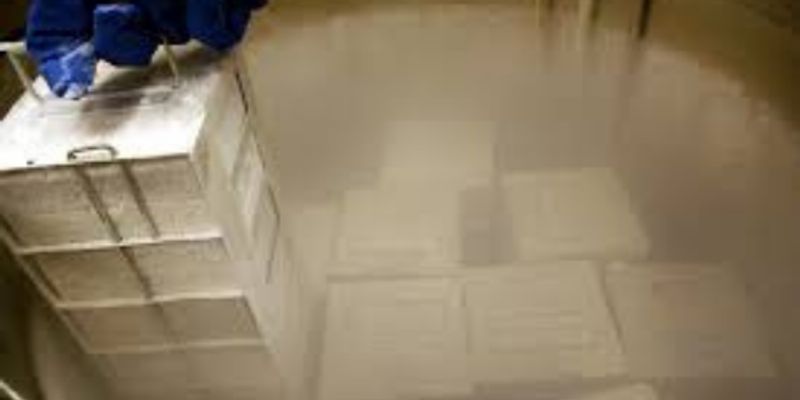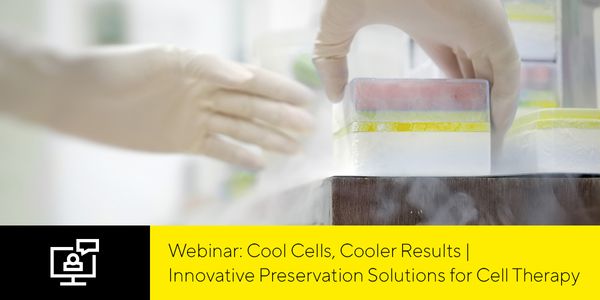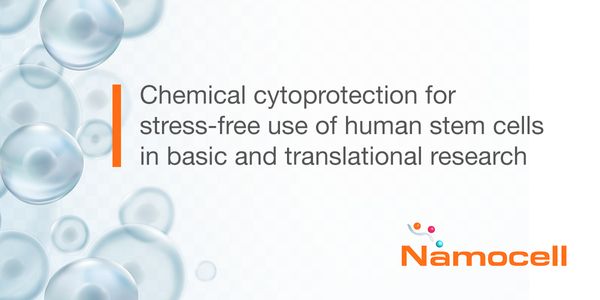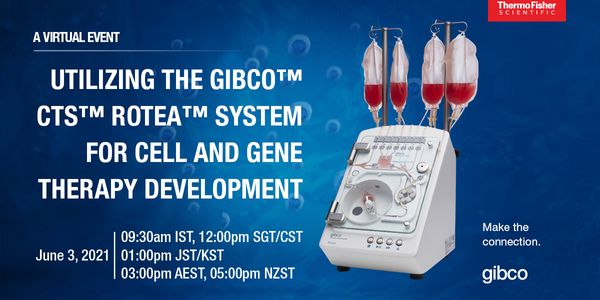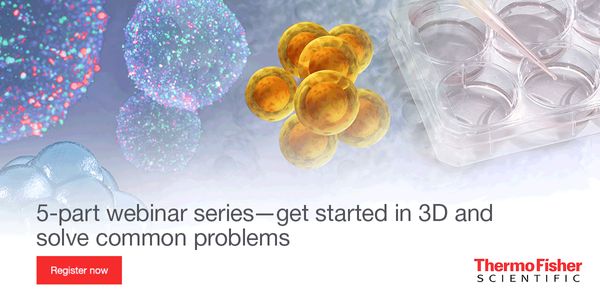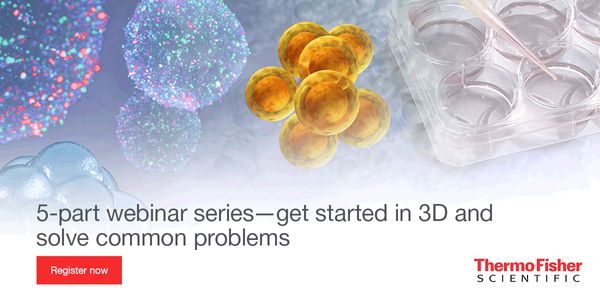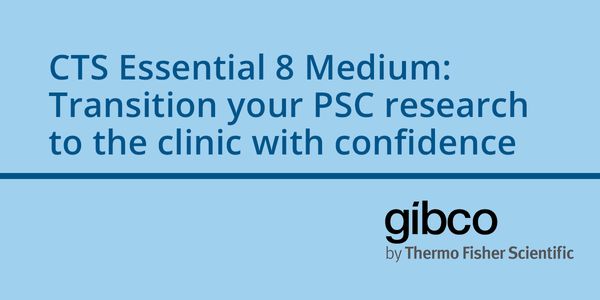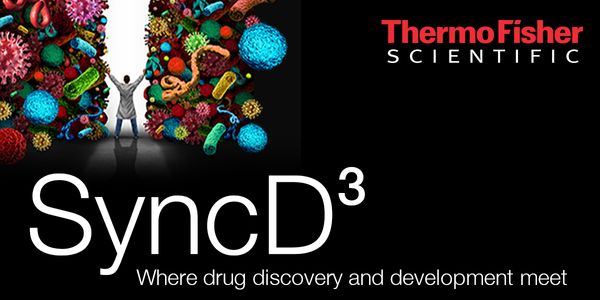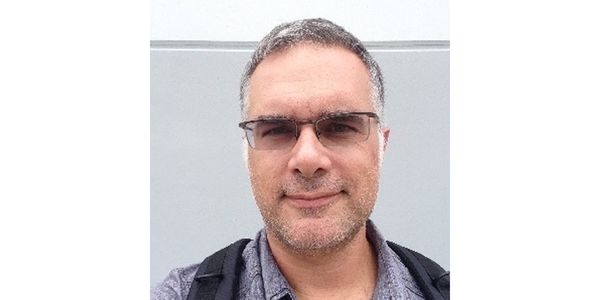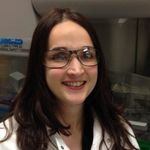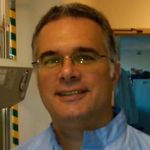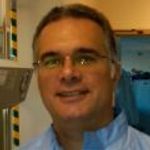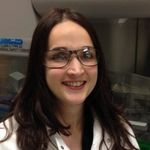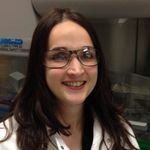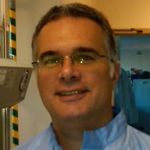Cryopreservation
Cryopreservation is a process that preserves organelles, cells, tissues, or any other biological constructs by cooling the samples to very low temperatures. It has become a routine practice in biomedical research and clinical medicine. Cryopreservation is also known as cro-conservation.
-
APR 04, 2024 | 11:00 AMThroughout the journey from manufacturing to patient delivery, low efficiency and poor biocompatibility of conventional preservatives are barriers to successful cell preservation. Our webina...NOV 09, 2021 | 11:00 AMDate: November 09, 2021 Time: 11:00am (PDT), 02:00pm (EDT) Clinical translation of human pluripotent stem cells (hPSCs) requires advanced strategies that ensure safe and robust long-term gro...JUN 03, 2021 | 12:00 PMDATE: June 3, 2021 TIME: 12:00pm SGT This webinar is a virtual event that focuses on utilizing the Gibco CTS Rotea System for Cell and Gene Therapy...Speaker: Premkumar Jayaraman, PhD , Emily Benz , Eric DubofskySponsored By: Thermo Fisher ScientificSEP 23, 2020 | 7:30 AMCell culture continues to be a critical tool for most life science research and applications. From HeLa to iPSCs and 3D to organoids, culture methods have become more advanced and techniques...Speaker: Marina Wiklander, PhDJUN 19, 2019 | 10:00 AMDATE: June 19, 2019TIME: 10:00am PDT, 1:00pm EDT As we develop new methods to create more biologically relevant models for research in understanding disease etiology and in...FEB 20, 2019 | 9:00 AMDATE: February 20, 2019TIME: 9:00am PST ...OCT 30, 2018 | 8:00 AMDATE: October 30, 2018TIME: 8:00am PDT, 11:00am EDT Does your PSC medium support cell therapy? In this webinar, learn about Cell Therapy Systems™ (CTS...MAR 28, 2018 | 10:00 AMDATE: March 28, 2018TIME: 10:00am PDT, 01:00pm EDTPrimary cells are derived from various tissues typically via dissection, enzymatic dissociation, and subsequent culture in media specif...FEB 28, 2018 | 12:00 AMTBD...OCT 11, 2017 | 8:30 AMDATE: October 11, 2017TIME: 08:30am PDT, 10:30am CDTSince 1993, Gibco™ B-27™ Supplement and Neurobasal™ Medium has been the trusted standard for a variety of neuronal...JUL 01, 2017 | 12:00 AMSince 1993, Gibco™ B-27™ Supplement and Neurobasal™ Medium has been the trusted standard for a variety of neuronal culture applications, with citations in more than 11,000 p...JUN 08, 2017 | 12:00 PMThe emergence of technology for development of induced pluripotent stem cells (iPSCs) from somatic cells, such as skin and blood cells, has resulted in the ability of researchers to have limi...JUN 01, 2017 | 8:00 AMDoes your PSC medium support cell therapy? In this webinar, learn about Cell Therapy Systems™ (CTS™) Essential 8™ Medium, a feeder-free pluripotent stem cell (PSC) medium th...Speaker: Joanna Asprer , Lauren SangenarioPresented at: 6th annual 24 Hours of Stem Cells™ virtual event
MAY 17, 2017 | 10:30 AMDATE: May 17, 2017TIME: 10:30am PT, 1:30pm ETNeurons derived from human pluripotent stem cells (hPSCs) and primary rodent neurons both are excellent resources for disease modeling and d...MAY 01, 2017 | 8:00 AMNeurons derived from human pluripotent stem cells (hPSCs) and primary rodent neurons both are excellent resources for disease modeling and drug screening. Human PSCs derived neural stem...FEB 08, 2017 | 12:00 PMDATE: February 8, 2017TIME: 12:00pm PT, 3:00pm ETLarge animal models have recently become a staple in biomedical research. The pig’s similarities to humans in terms of genet...FEB 08, 2017 | 10:30 AMDATE: February 8, 2017TIME: 10:30am PT, 1:30pm ETThe cat remains an important comparative species for studying the long-term safety and efficacy of emergent medical modalities, such as...FEB 08, 2017 | 6:00 AMDATE: February 8, 2017TIME: 6:00am PT, 9:00am ETDevelopment of assisted reproductive technologies in the dog has lagged behind many other domestic and laboratory animal species, due in...Speaker: Jennifer Nagashima, PhDPresented at: Laboratory Animal Sciences Virtual Event Series 2017
NOV 16, 2016 | 4:00 PMCulture systems for pluripotent stem cell (PSC) expansion enable generation of a nearly unlimited pool of cells for downstream differentiation, disease modeling, drug discovery, and therapeut...OCT 18, 2016 | 12:05 PM...Speaker: Jessica Bonzo, PhD , Navjot Kaur, PhDPresented at: SyncD³ - Where drug discovery & development meet
AUG 30, 2016 | 8:00 AMAccess this training to learn more about the evolution of pluripotent stem cell culture systems and which solution is best for your PSC culture goals....Speaker: Rhonda Newman, PhDPresented at: 4th Annual 24 Hours of Stem Cells™ virtual event
Sponsored By: Thermo Fisher Scientific, Thermo Fisher ScientificAUG 30, 2016 | 8:00 AMNeurons derived from human pluripotent stem cells (hPSCs), including embryonic stem cells (ESCs) and induced pluripotent stem cells (iPSCs), are excellent resources for disease modeling and d...Speaker: David Kuninger, PhDPresented at: 4th Annual 24 Hours of Stem Cells™ virtual event
Sponsored By: Thermo Fisher Scientific, Thermo Fisher ScientificAUG 30, 2016 | 8:00 AMA major challenge for the clinical application of pluripotent stem cell therapy for neurodegenerative diseases is large-scale manufacturing and cryopreservation of neurons and glia that can b...AUG 30, 2016 | 8:00 AMBuerger’s disease, commonly known as Thromboangiitis obliterans, is a non-atherosclerotic, segmental inflammatory disease that can affect the small and medium-sized arteries of young pe...
APR 04, 2024 | 11:00 AM
Throughout the journey from manufacturing to patient delivery, low efficiency and poor biocompatibility of conventional preservatives are barriers to successful cell preservation. Our webina...
NOV 09, 2021 | 11:00 AM
Date: November 09, 2021 Time: 11:00am (PDT), 02:00pm (EDT) Clinical translation of human pluripotent stem cells (hPSCs) requires advanced strategies that ensure safe and robust long-term gro...
JUN 03, 2021 | 12:00 PM
DATE: June 3, 2021 TIME: 12:00pm SGT This webinar is a virtual event that focuses on utilizing the Gibco CTS Rotea System for Cell and Gene Therapy...
Speaker:
Premkumar Jayaraman, PhD
, Emily Benz
, Eric Dubofsky
Sponsored By: Thermo Fisher Scientific
SEP 23, 2020 | 7:30 AM
Cell culture continues to be a critical tool for most life science research and applications. From HeLa to iPSCs and 3D to organoids, culture methods have become more advanced and techniques...
Speaker:
Marina Wiklander, PhD
JUN 19, 2019 | 10:00 AM
DATE: June 19, 2019TIME: 10:00am PDT, 1:00pm EDT As we develop new methods to create more biologically relevant models for research in understanding disease etiology and in...
FEB 20, 2019 | 9:00 AM
DATE: February 20, 2019TIME: 9:00am PST ...
OCT 30, 2018 | 8:00 AM
DATE: October 30, 2018TIME: 8:00am PDT, 11:00am EDT Does your PSC medium support cell therapy? In this webinar, learn about Cell Therapy Systems™ (CTS...
MAR 28, 2018 | 10:00 AM
DATE: March 28, 2018TIME: 10:00am PDT, 01:00pm EDTPrimary cells are derived from various tissues typically via dissection, enzymatic dissociation, and subsequent culture in media specif...
FEB 28, 2018 | 12:00 AM
TBD...
OCT 11, 2017 | 8:30 AM
DATE: October 11, 2017TIME: 08:30am PDT, 10:30am CDTSince 1993, Gibco™ B-27™ Supplement and Neurobasal™ Medium has been the trusted standard for a variety of neuronal...
JUL 01, 2017 | 12:00 AM
Since 1993, Gibco™ B-27™ Supplement and Neurobasal™ Medium has been the trusted standard for a variety of neuronal culture applications, with citations in more than 11,000 p...
JUN 08, 2017 | 12:00 PM
The emergence of technology for development of induced pluripotent stem cells (iPSCs) from somatic cells, such as skin and blood cells, has resulted in the ability of researchers to have limi...
JUN 01, 2017 | 8:00 AM
Does your PSC medium support cell therapy? In this webinar, learn about Cell Therapy Systems™ (CTS™) Essential 8™ Medium, a feeder-free pluripotent stem cell (PSC) medium th...
Speaker:
Joanna Asprer
, Lauren Sangenario
Presented at: 6th annual 24 Hours of Stem Cells™ virtual event
MAY 17, 2017 | 10:30 AM
DATE: May 17, 2017TIME: 10:30am PT, 1:30pm ETNeurons derived from human pluripotent stem cells (hPSCs) and primary rodent neurons both are excellent resources for disease modeling and d...
MAY 01, 2017 | 8:00 AM
Neurons derived from human pluripotent stem cells (hPSCs) and primary rodent neurons both are excellent resources for disease modeling and drug screening. Human PSCs derived neural stem...
FEB 08, 2017 | 12:00 PM
DATE: February 8, 2017TIME: 12:00pm PT, 3:00pm ETLarge animal models have recently become a staple in biomedical research. The pig’s similarities to humans in terms of genet...
FEB 08, 2017 | 10:30 AM
DATE: February 8, 2017TIME: 10:30am PT, 1:30pm ETThe cat remains an important comparative species for studying the long-term safety and efficacy of emergent medical modalities, such as...
FEB 08, 2017 | 6:00 AM
DATE: February 8, 2017TIME: 6:00am PT, 9:00am ETDevelopment of assisted reproductive technologies in the dog has lagged behind many other domestic and laboratory animal species, due in...
Speaker:
Jennifer Nagashima, PhD
Presented at: Laboratory Animal Sciences Virtual Event Series 2017
NOV 16, 2016 | 4:00 PM
Culture systems for pluripotent stem cell (PSC) expansion enable generation of a nearly unlimited pool of cells for downstream differentiation, disease modeling, drug discovery, and therapeut...
OCT 18, 2016 | 12:05 PM
...
Speaker:
Jessica Bonzo, PhD
, Navjot Kaur, PhD
Presented at: SyncD³ - Where drug discovery & development meet
AUG 30, 2016 | 8:00 AM
Access this training to learn more about the evolution of pluripotent stem cell culture systems and which solution is best for your PSC culture goals....
Speaker:
Rhonda Newman, PhD
Presented at: 4th Annual 24 Hours of Stem Cells™ virtual event
Sponsored By: Thermo Fisher Scientific, Thermo Fisher Scientific
Sponsored By: Thermo Fisher Scientific, Thermo Fisher Scientific
AUG 30, 2016 | 8:00 AM
Neurons derived from human pluripotent stem cells (hPSCs), including embryonic stem cells (ESCs) and induced pluripotent stem cells (iPSCs), are excellent resources for disease modeling and d...
Speaker:
David Kuninger, PhD
Presented at: 4th Annual 24 Hours of Stem Cells™ virtual event
Sponsored By: Thermo Fisher Scientific, Thermo Fisher Scientific
Sponsored By: Thermo Fisher Scientific, Thermo Fisher Scientific
AUG 30, 2016 | 8:00 AM
A major challenge for the clinical application of pluripotent stem cell therapy for neurodegenerative diseases is large-scale manufacturing and cryopreservation of neurons and glia that can b...
AUG 30, 2016 | 8:00 AM
Buerger’s disease, commonly known as Thromboangiitis obliterans, is a non-atherosclerotic, segmental inflammatory disease that can affect the small and medium-sized arteries of young pe...
